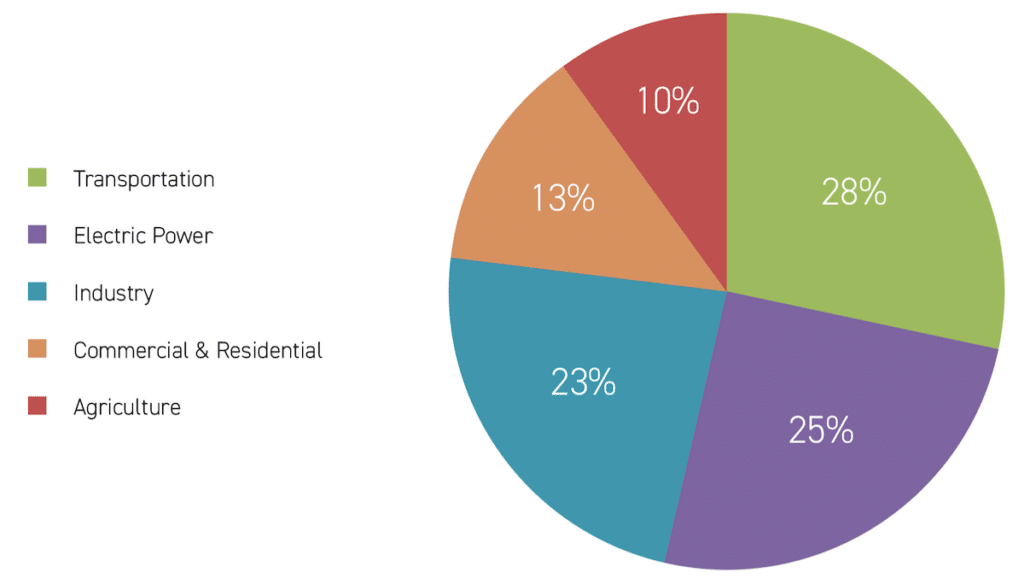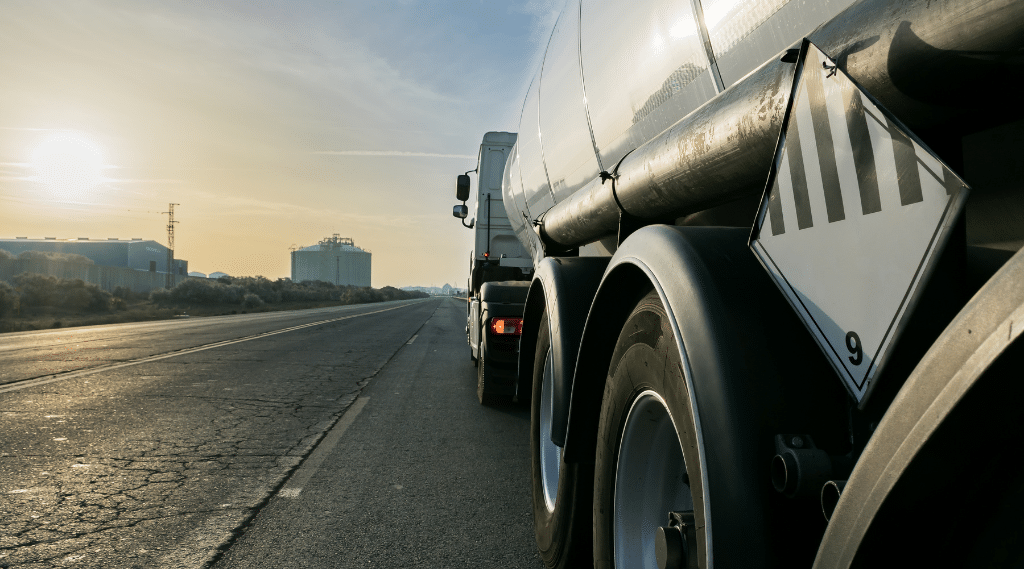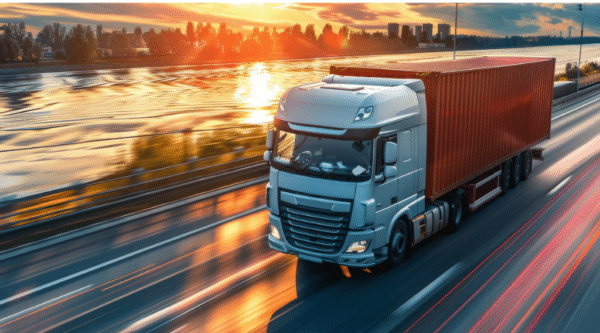In the wake of record-breaking temperatures last year, as reported by Earth.org, and unprecedented CO2 levels as noted by the National Oceanic and Atmospheric Administration, the call for action against climate change has never been more urgent. The combustion of fossil fuels stands as a significant contributor to atmospheric CO2, the leading greenhouse gas produced by human activities. Within this context, the transportation sector emerges as a major player, responsible for 28% of greenhouse gas emissions. Remarkably, trucks, which constitute a mere 10% of road vehicles, have a disproportionate impact on these emissions.

Recognizing the critical role trucking plays in contributing to greenhouse gas emissions, both federal and state governments have taken decisive steps. They have introduced legislation aimed at increasing the adoption of zero-emissions or near-zero-emissions vehicles among truck manufacturers and fleet operators. California, often at the forefront of environmental regulation, has set a precedent that other states are beginning to follow, crafting their clean transportation policies in a similar vein.
The trucking industry is no stranger to emissions regulation, having made significant progress in reducing diesel tailpipe emissions. Despite these advancements, the limitations of diesel technology in achieving further emissions reductions are becoming increasingly apparent. This recognition has spurred a growing number of fleets to begin incorporating electric trucks into their operations.
“Run on Less Electric,” a fuel economy demonstration event, has highlighted the potential for electrification across several market segments, including terminal tractors, vans and step vans, medium-duty box trucks, and regional haul heavy-duty trucks. An analysis by RMI, utilizing telematics data from 15 states engaged with the Advanced Clean Trucks Memorandum of Understanding, reveals that a substantial portion of the trucking fleet—60% of medium-duty and 43% of heavy-duty trucks—could transition to electric power today.
The trucking industry is also responding to drivers’ preferences for shorter hauls, leading to a shift towards more regional haul models. With average haul lengths now well within the 500-mile range (with many operating a hub and spoke return-to-depot model and running 200 miles or less per day), many routes allow for trucks to return to their base at the end of a shift, perfectly aligning with the requirements for depot charging. This shift not only addresses drivers’ desires but also positions numerous segments of the market, especially medium-duty and heavy-duty EV freight vehicles, as ideal candidates for electrification.
Beyond the iconic image of long-haul routes, trucking encompasses a diverse range of operations, many of which stand to benefit significantly from the shift to electric vehicles. By embracing electrification where feasible, the trucking industry can play a pivotal role in reducing carbon emissions, thereby contributing to cleaner air and a healthier environment for all.
Get in touch with Electrada to learn how seamlessly our 360 Charging-as-a-Service complete electric fuel solution can help your truck fleet accelerate its decarbonization journey to a more sustainable future, no matter where on that road you presently are.



